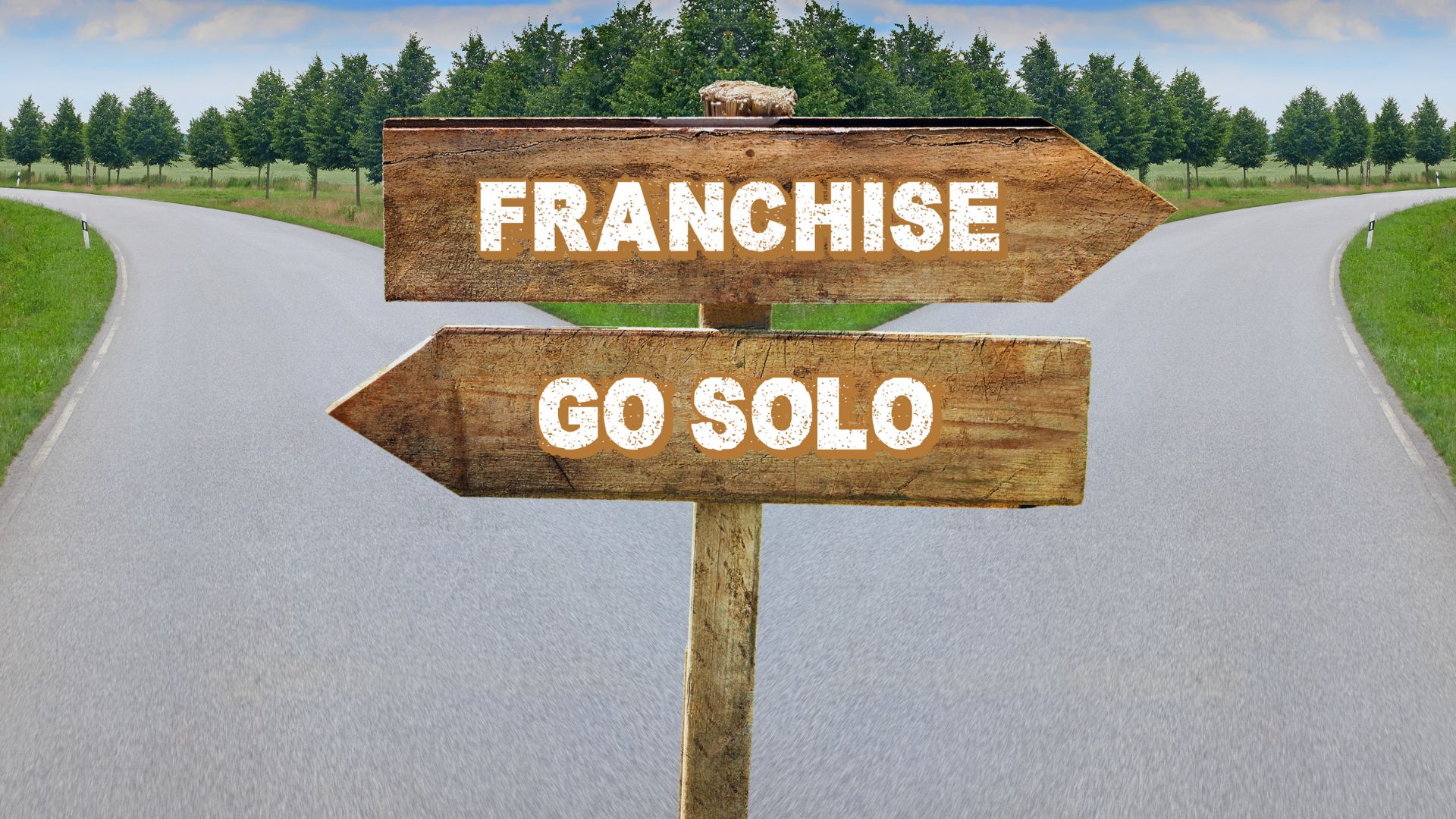Image created using Canva
Collaboration thrives on mutual respect and open-mindedness, not on one person’s need to be right. By shifting the focus from winning arguments to understanding and growth, individuals can cultivate healthier relationships and contribute more effectively to group success.
THE NEED TO BE RIGHT AND ITS IMPACT ON COLLABORATION IN BUSINESS.
By FMM Contributor
In many interpersonal dynamics, the need to be right is more than just an attempt to correct facts or win an argument—it can reflect deep-seated insecurity. When individuals feel compelled to assert their correctness consistently, it often masks underlying feelings of inadequacy or low self-worth. This behavior, while seemingly harmless at first, can significantly negatively affect personal and professional relationships, stifling collaboration, progress, and mutual respect.
At the heart of this need for constant validation lies insecurity. Insecure individuals may fear that being wrong will expose them to judgment or ridicule, which, in their minds, confirms their perceived inadequacies. Instead of admitting mistakes, which can feel vulnerable, they double down on their assertions, trying to protect their fragile sense of self-worth. The result is a communication style that prioritizes being right over fostering meaningful connections or growth.
This overemphasis on being right often leads to tension in relationships, especially in collaborative environments. For example, in a team setting, a person who constantly needs to assert their correctness can inhibit the free flow of ideas. Instead of fostering an open exchange where everyone feels comfortable contributing, this person might dominate conversations, making others feel undervalued or ignored. The outcome is a work environment where creativity and problem-solving take a back seat to ego preservation, ultimately stifling progress and innovation.
Furthermore, this behavior can be incredibly frustrating for those who encounter it regularly. When someone insists on being right always, it signals a lack of openness to other perspectives. Conversations become one-sided, with little room for genuine dialogue or exploring differing viewpoints. This hampers collaboration and creates an atmosphere of frustration and resentment among peers, as their contributions may be dismissed or overshadowed by the individual’s need for validation.
The need to be right can also damage the individual’s reputation. While asserting correctness might seem like a way to gain respect or authority, the opposite often happens. Colleagues, friends, and family members may start to see the behavior as arrogant or self-serving, which can erode trust. People are more likely to appreciate those who admit their mistakes and are willing to learn than those who stubbornly cling to their opinions to save face.
Addressing this behavior requires introspection and a willingness to confront insecurity. Developing self-awareness is key. Recognizing that everyone makes mistakes—and that admitting those mistakes does not diminish one’s value—is a critical step toward healthier interactions. People who struggle with insecurity-driven behaviors should focus on building confidence from within, rather than seeking validation through constant correctness. This can involve practicing humility, asking questions instead of making statements, and genuinely listening to others’ viewpoints without the compulsion to respond with corrections.
Collaboration thrives on mutual respect and open-mindedness, not on one person’s need to be right. By shifting the focus from winning arguments to understanding and growth, individuals can cultivate healthier relationships and contribute more effectively to group success. The journey toward overcoming insecurity starts with recognizing that being wrong is not a reflection of personal failure but an opportunity for learning, connection, and progress.
========================================
This post was researched, outlined and edited with the support of AI










